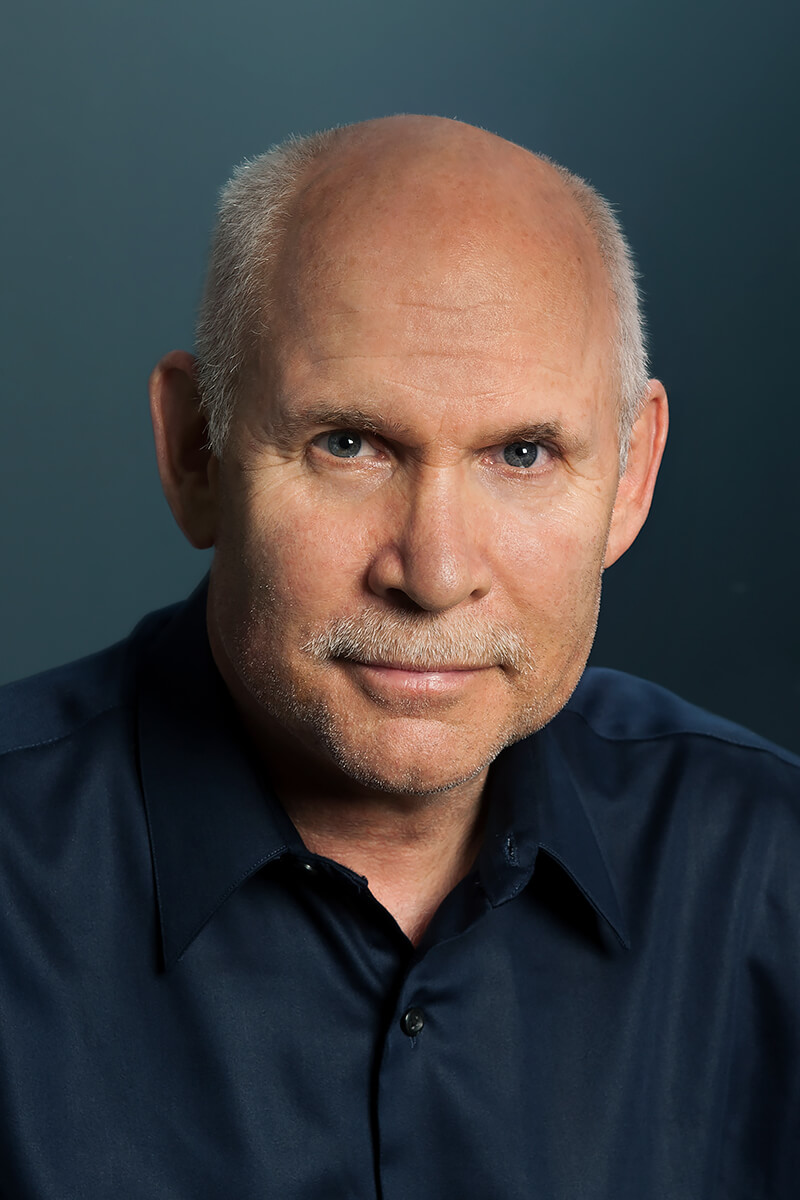Steve McCurry has been one of the most iconic voices in contemporary photography for more than 30 years, with scores of magazine and book covers, over a dozen books, and countless exhibitions around the world to his name.
Born in a suburb of Philadelphia, Pennsylvania; McCurry studied film at Pennsylvania State University, before going on to work for a local newspaper. After several years of freelance work, McCurry made his first of what would become many trips to India. Traveling with little more than a bag of clothes and another of film, he made his way across the subcontinent, exploring the country with his camera.
It was after several months of travel that he found himself crossing the border into Pakistan. There, he met a group of refugees from Afghanistan, who smuggled him across the border into their country, just as the Russian Invasion was closing the country to all western journalists. Emerging in traditional dress, with full beard and weather-worn features after weeks embedded with the Mujahedeen, McCurry brought the world the first images of the conflict in Afghanistan, putting a human face to the issue on every masthead.
Since then, McCurry has gone on to create stunning images on all seven continents and countless countries. His work spans conflicts, vanishing cultures, ancient traditions and contemporary culture alike - yet always retains the human element that made his celebrated image of the
Afghan Girl such a powerful image.
McCurry has been recognized with some of the most prestigious awards in the industry, including the
Robert Capa Gold Medal,
National Press Photographers Award, and an unprecedented four first prize awards from the
World Press Photo contest. The Minister of French Culture has also appointed McCurry a Knight of the Order of Arts and Letters and most recently, the Royal Photographic Society in London awarded McCurry the Centenary Medal for Lifetime Achievement.
McCurry has published books including
The Imperial Way (1985),
Monsoon (1988),
Portraits (1999 | 2013),
South Southeast (2000),
Sanctuary (2002),
The Path to Buddha: A Tibetan Pilgrimage (2003),
Steve McCurry (2005),
Looking East (2006),
In the Shadow of Mountains (2007),
The Unguarded Moment, (2009),
The Iconic Photographs (2011),
Untold: The Stories Behind the Photographs (2013),
From These Hands: A Journey Along the Coffee Trail (2015),
India (2015),
On Reading (2016),
Afghanistan (2017),
A Life in Pictures (2018),
Animals (2019),
In Search of Elsewhere: Unseen Images (2020).
@stevemccurryofficial
"What is important to my work is the individual picture. I photograph stories on assignment, and of course they have to be put together coherently. But what matters most is that each picture stands on its own, with its own place and feeling" --
Steve McCurry
If the photographer's images have made the rounds of newspapers around the world, like the portrait of the young Afghan woman with piercing eyes, it is also due to their aesthetic impact. Steve McCurry spoke of the importance of colour in his photographs, the importance of post-production and retouching, and their ability to touch the viewer:
"each single picture has its single story, and we put ours in it" (Steve McCurry).
"Sometimes with pictures and photography, what is interesting is that the imagination can go off in different directions. Everything should not be explained" (Steve McCurry): the photographer stresses the importance of leaving their share of mystery to the photographs.
Steve McCurry was confronted with the horror of war; his images bear witness to this. If
Susan Sontag suggests in
Regarding the Pain of Others that photography
“beautifies” and
“bleaches out a moral response to what is shown”, the photographer brings an entirely different perspective to the issue. He refers to the mission of war reporters to fight against the blindness and ineptitude of public opinion:
"Should we be informed about what's happening in our world? Should we let our governments tell us ? I think that would be a very bad idea. [...] Somebody has to go and give us their impression. We need some person to go there and find the truth" (Steve McCurry).
Source: www.sciencespo.fr
